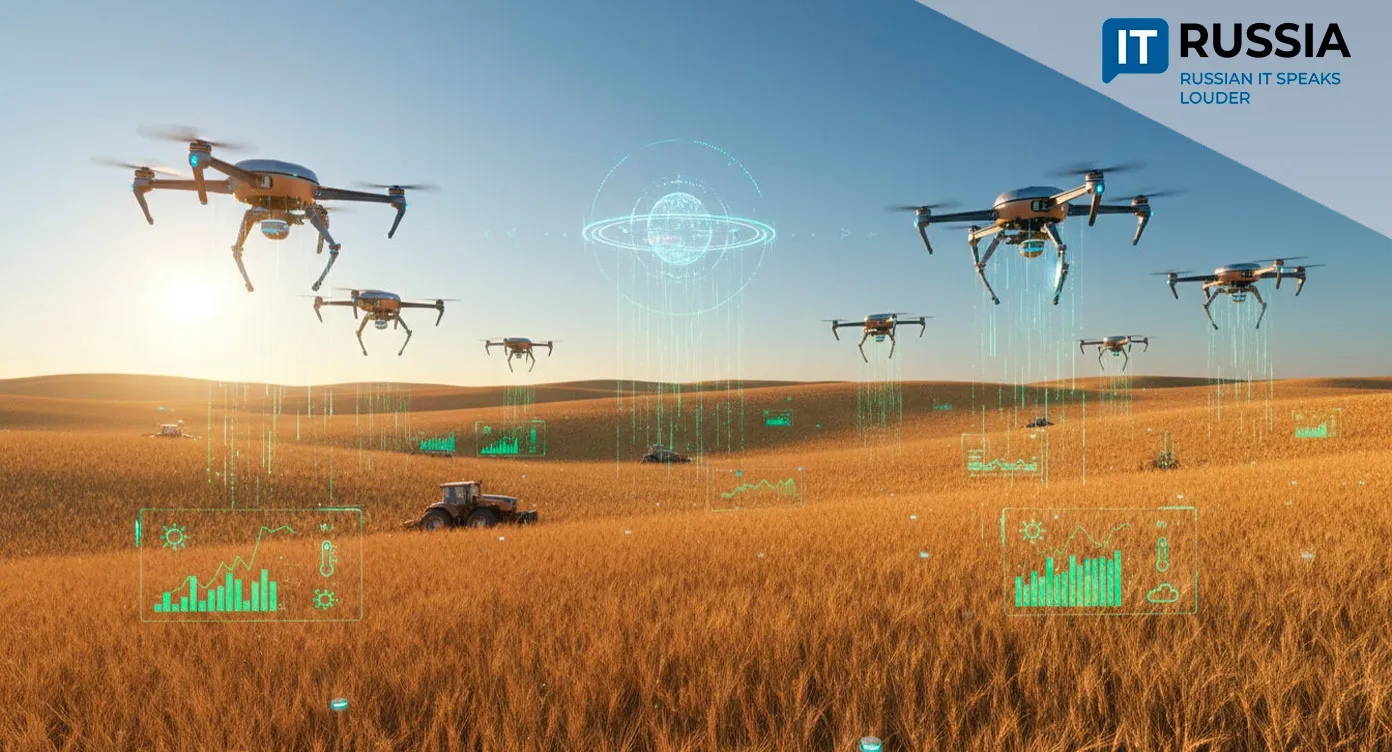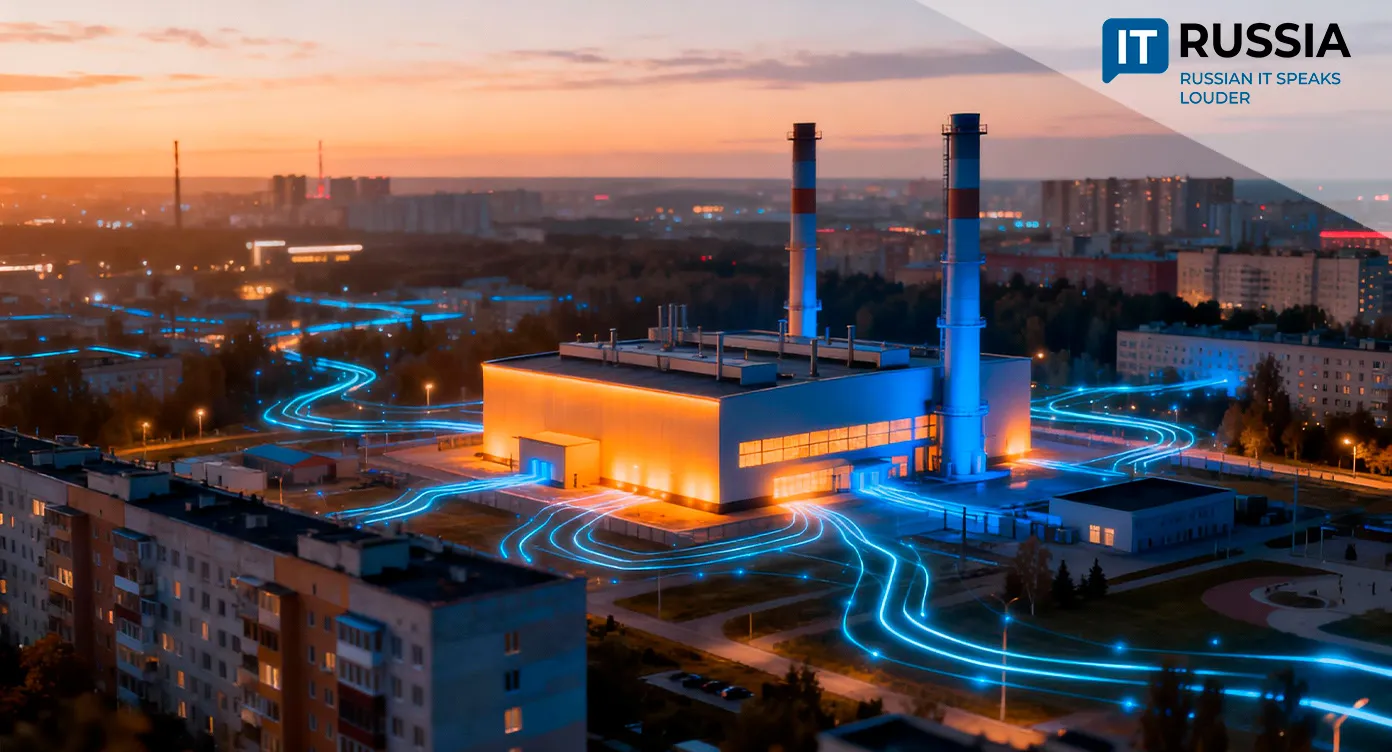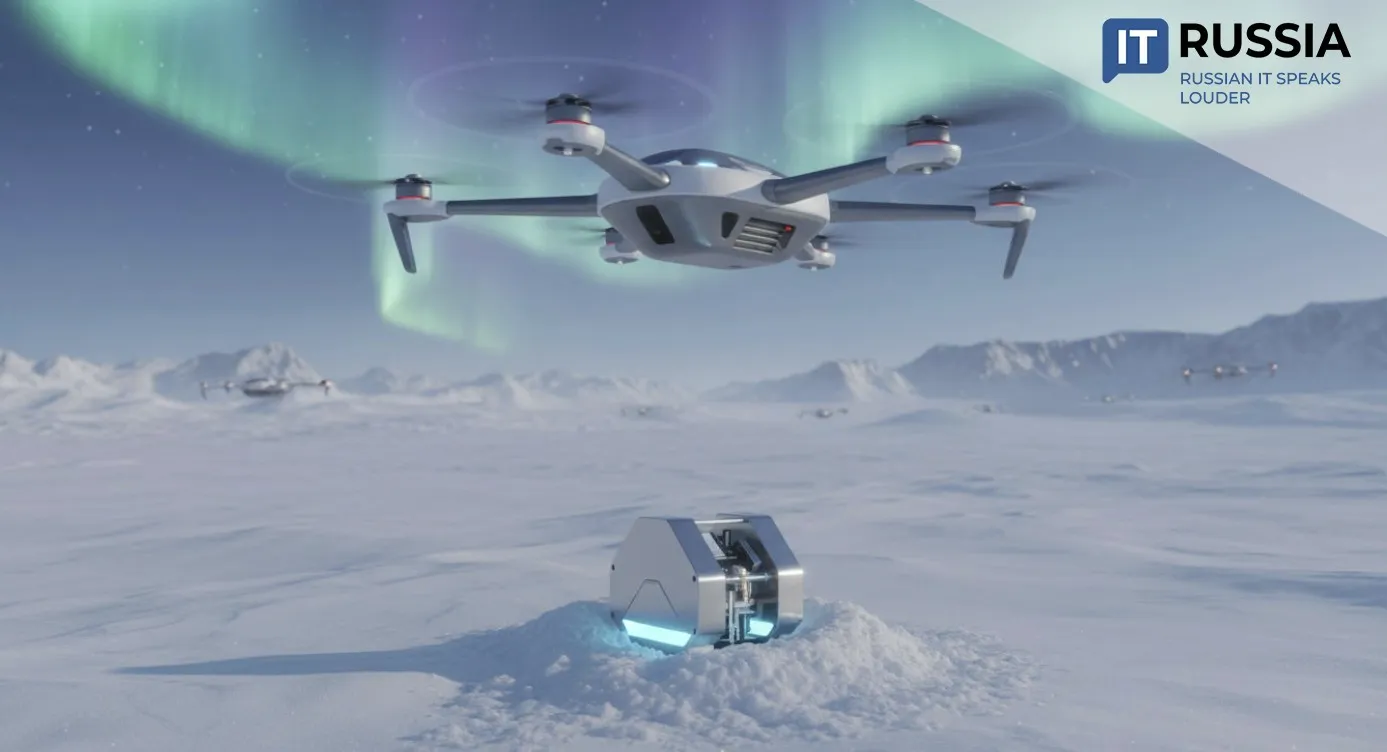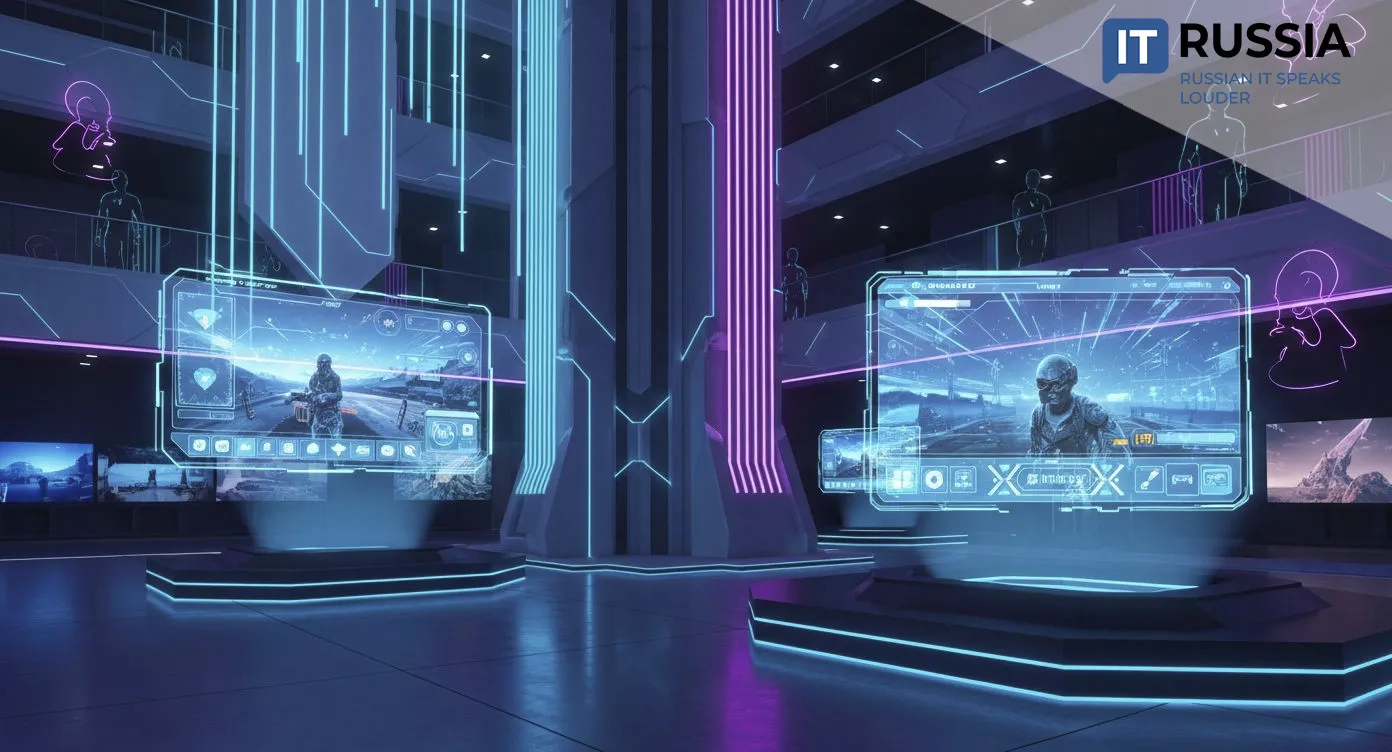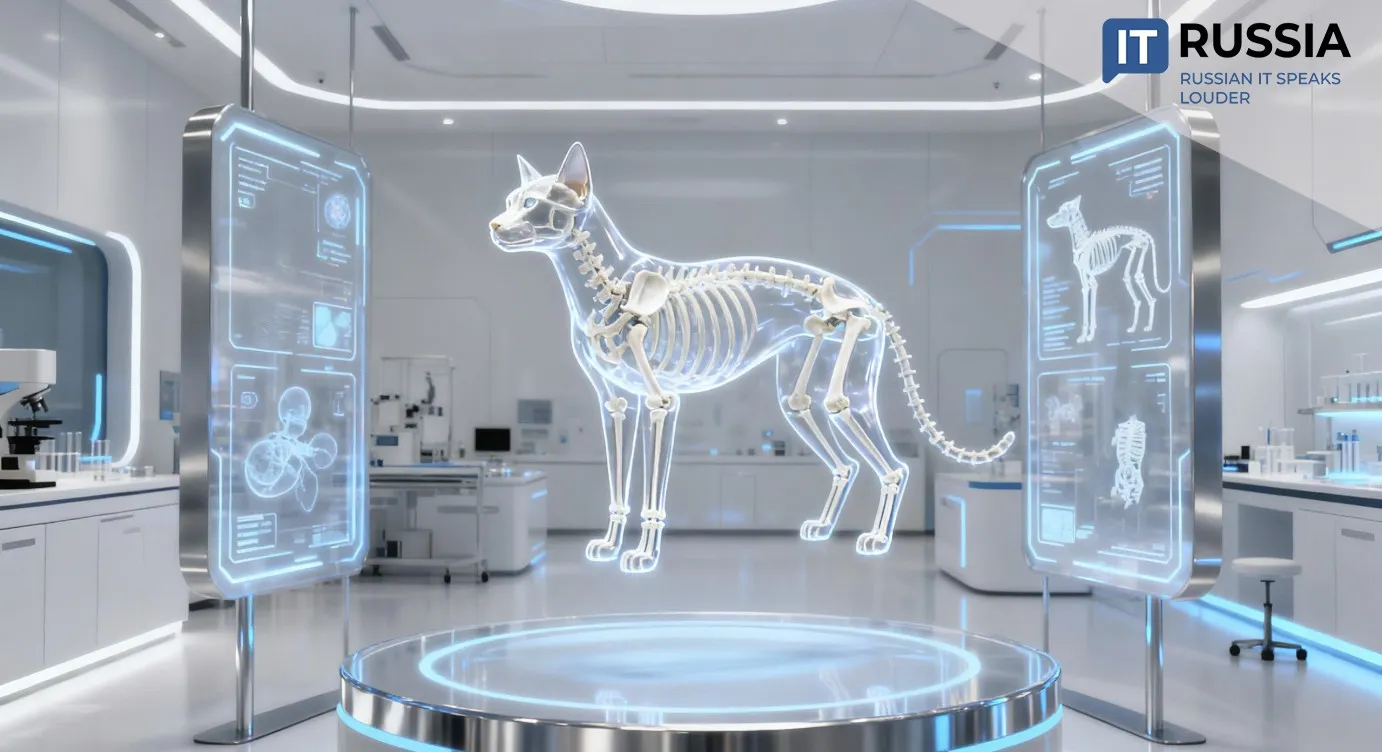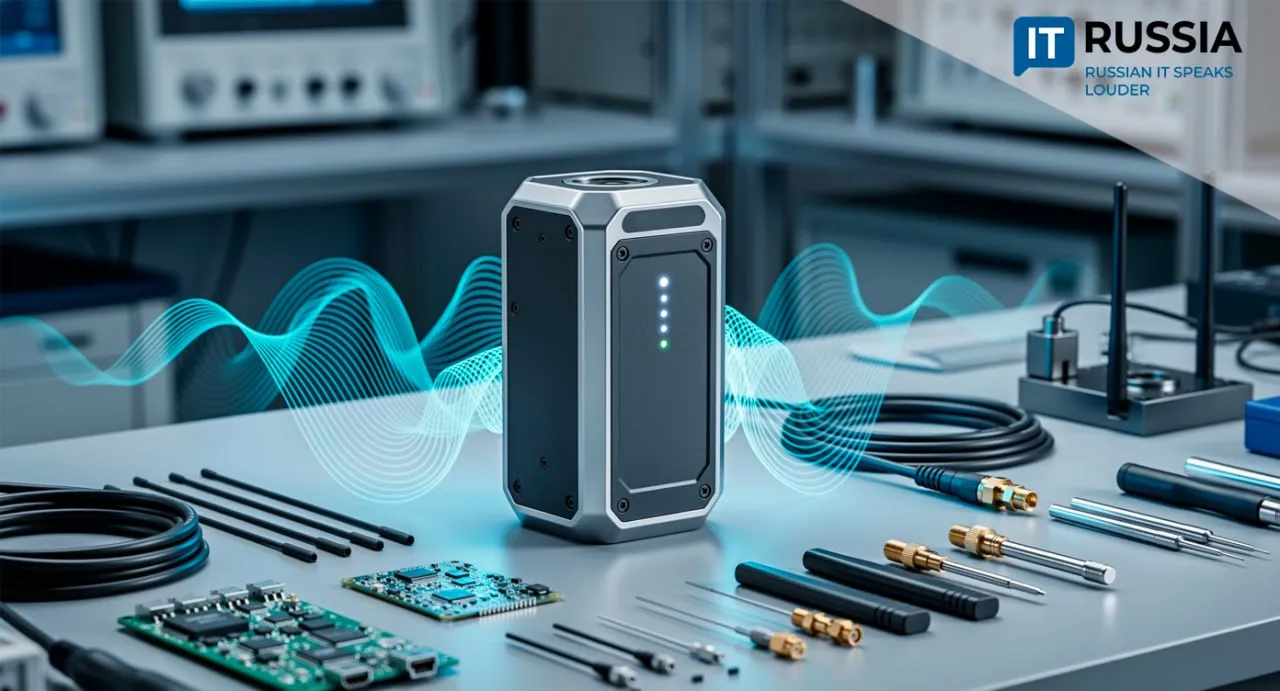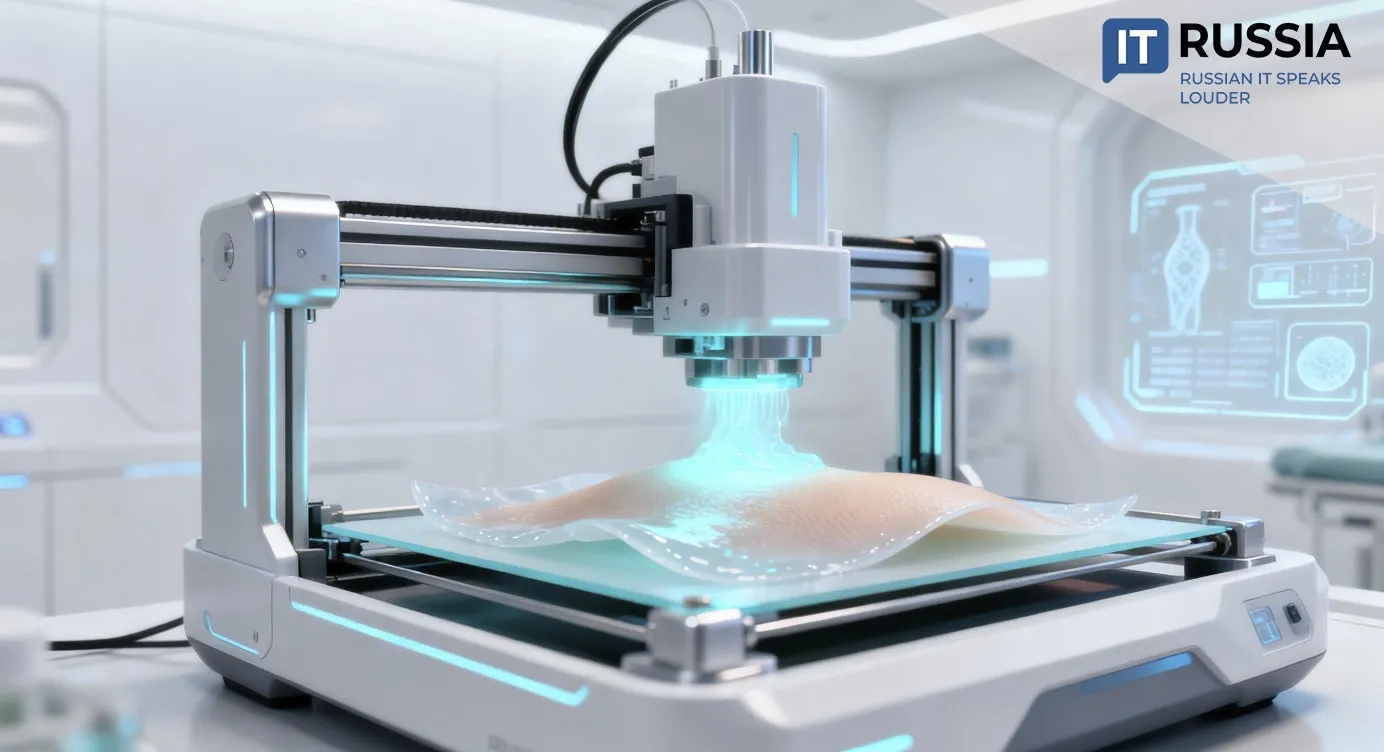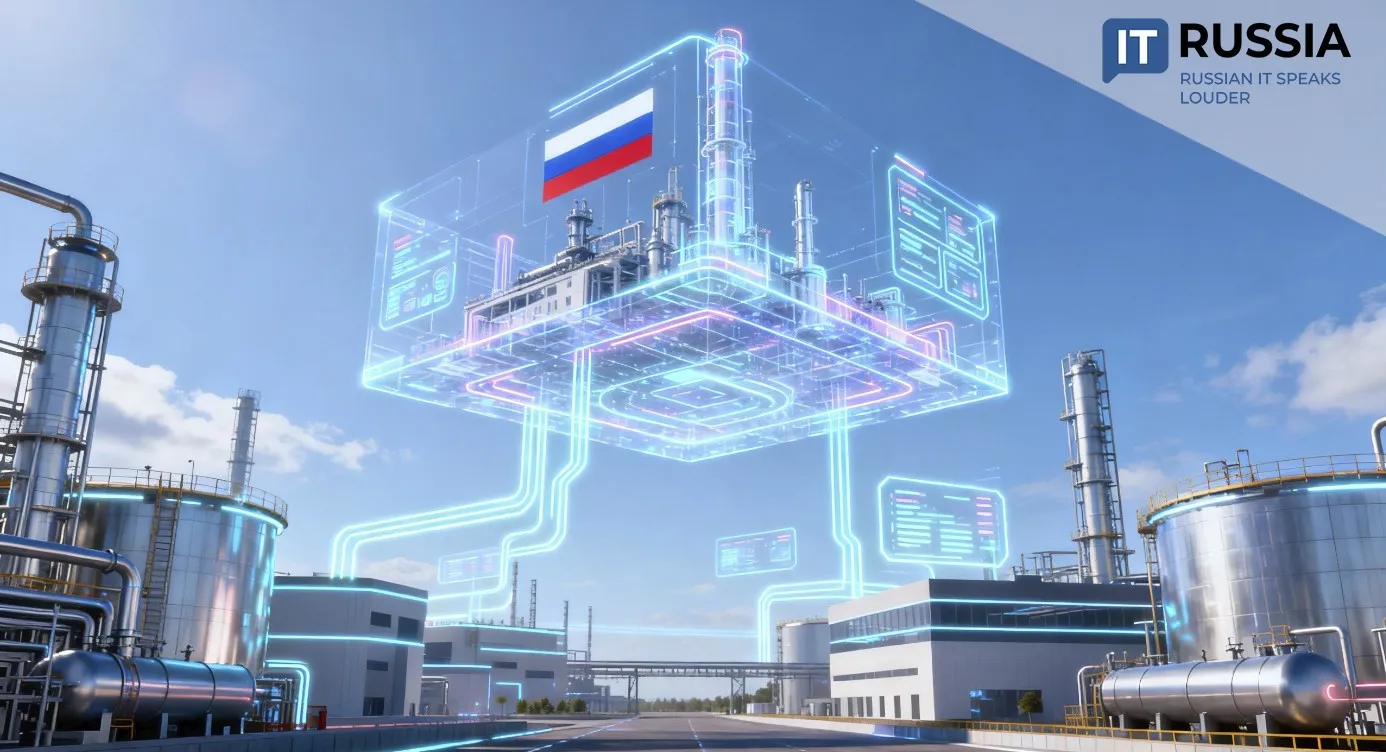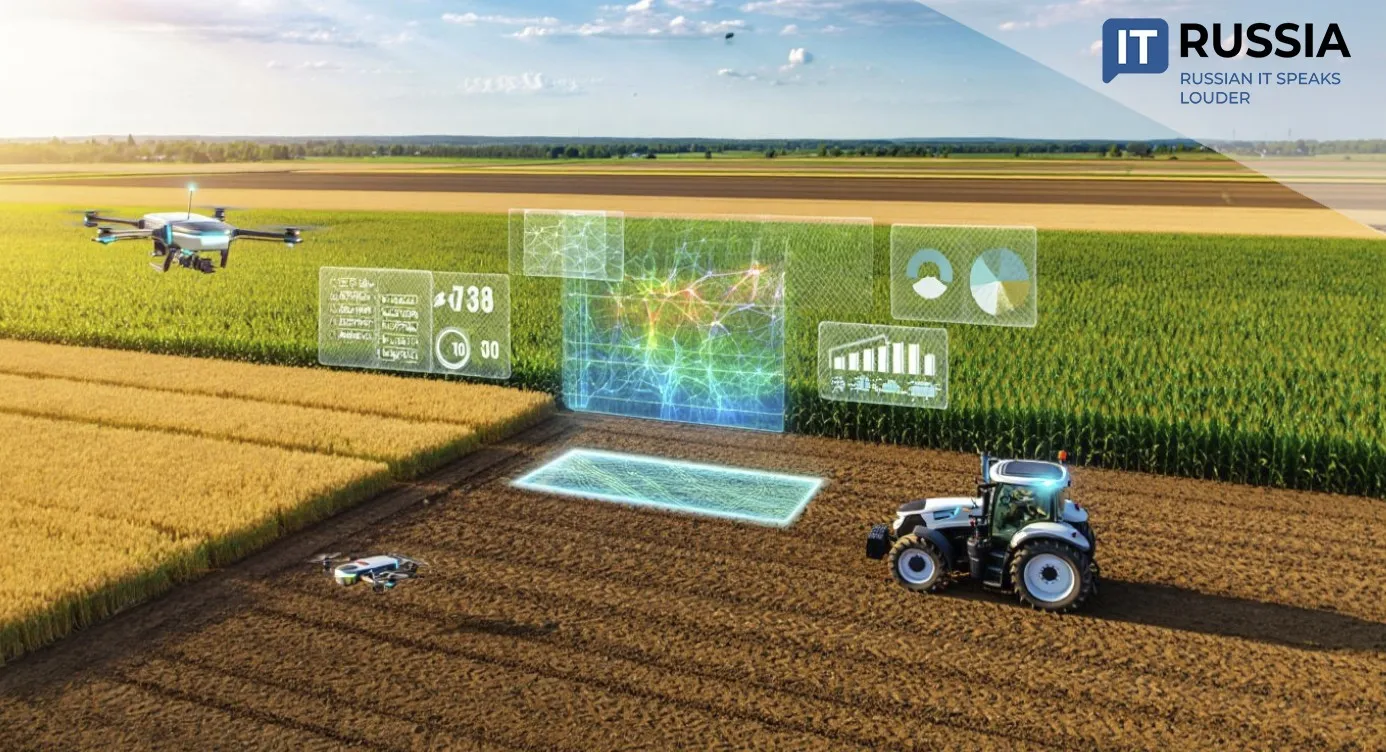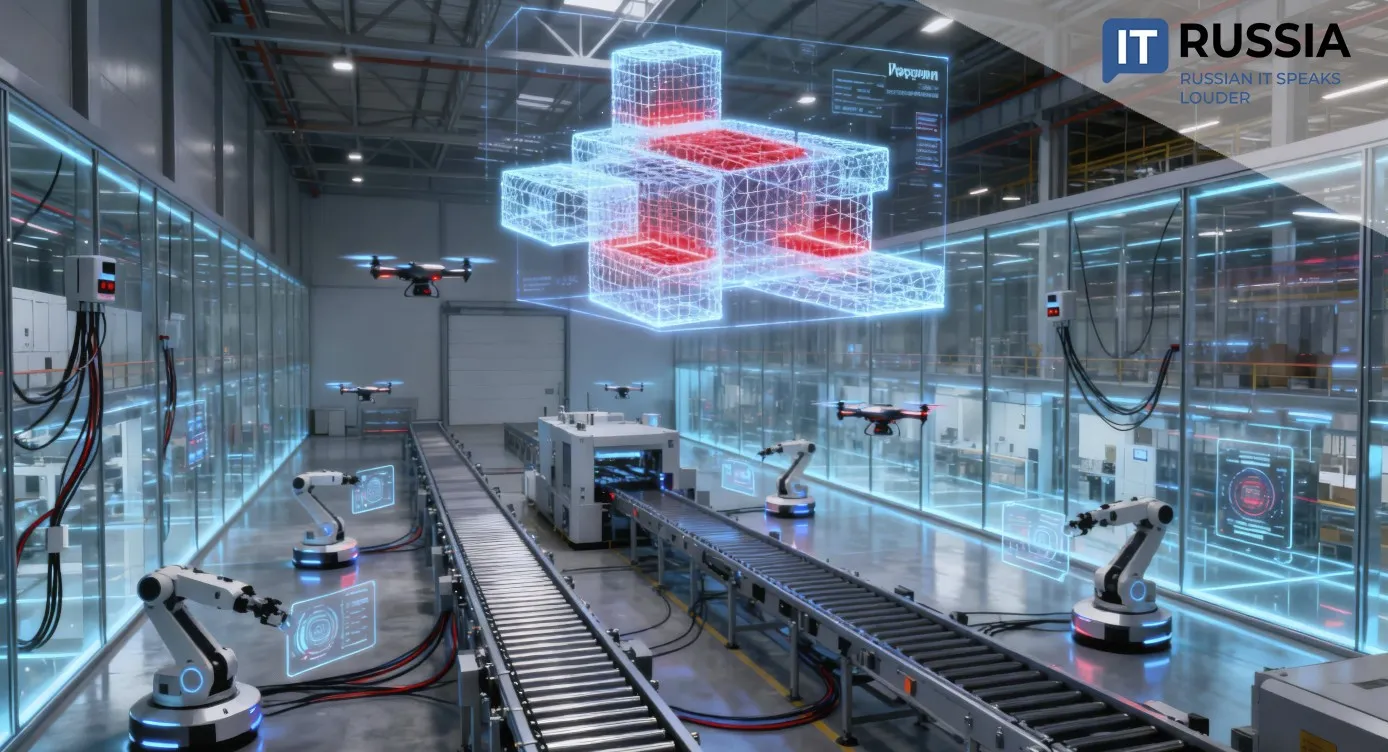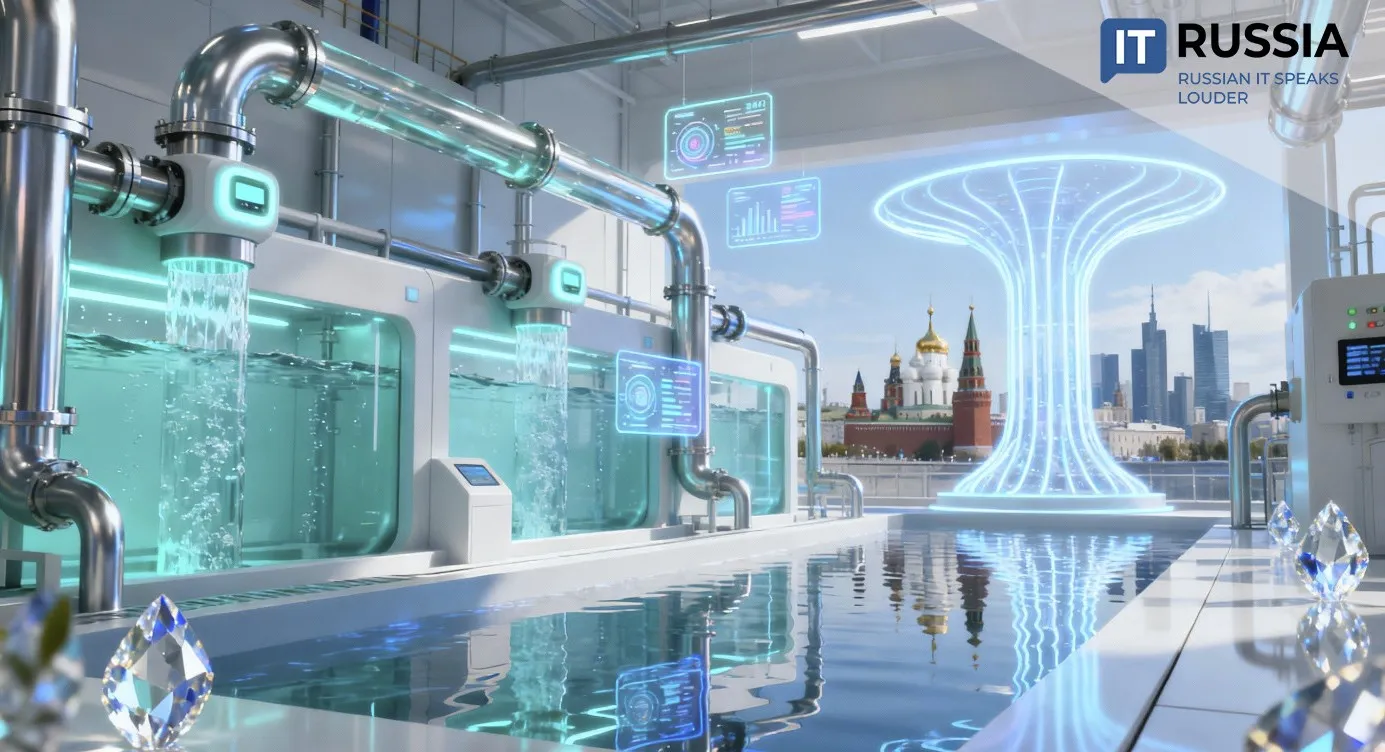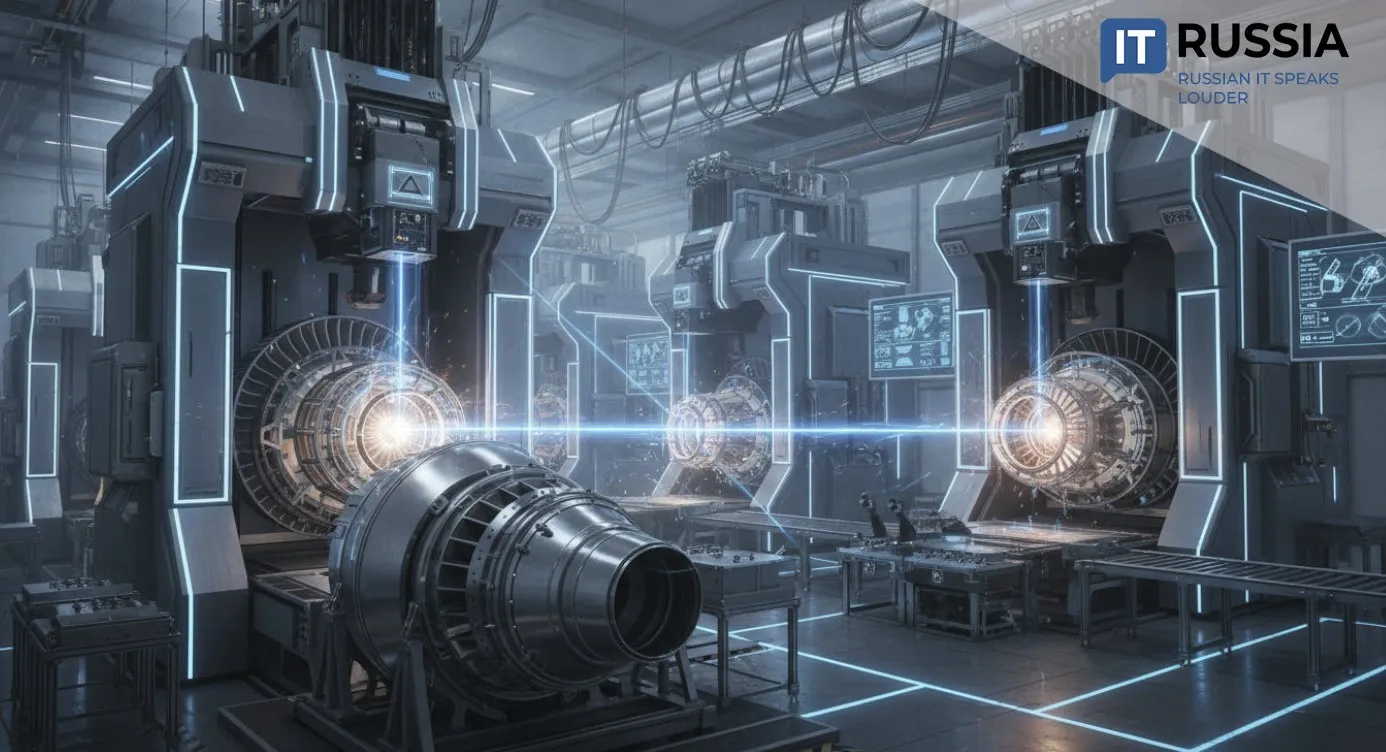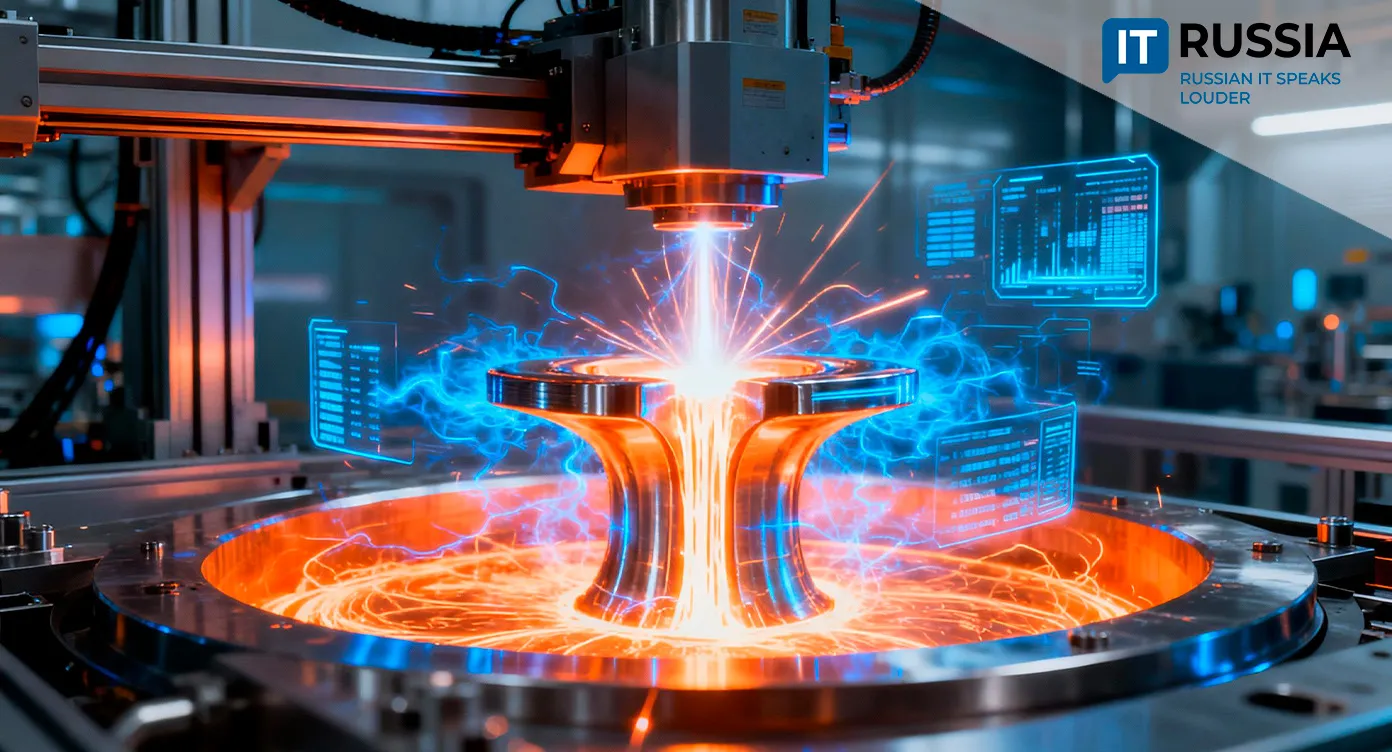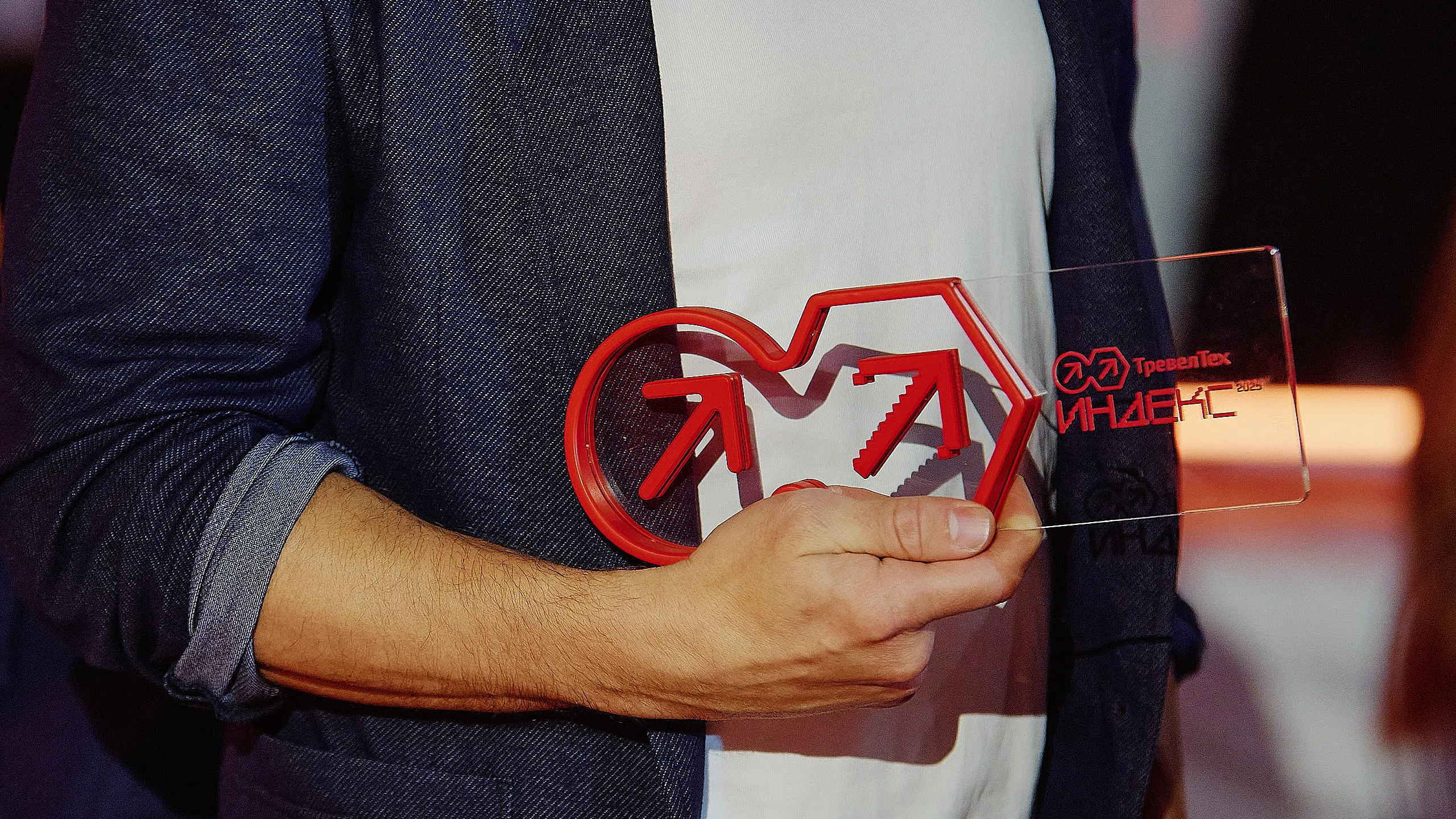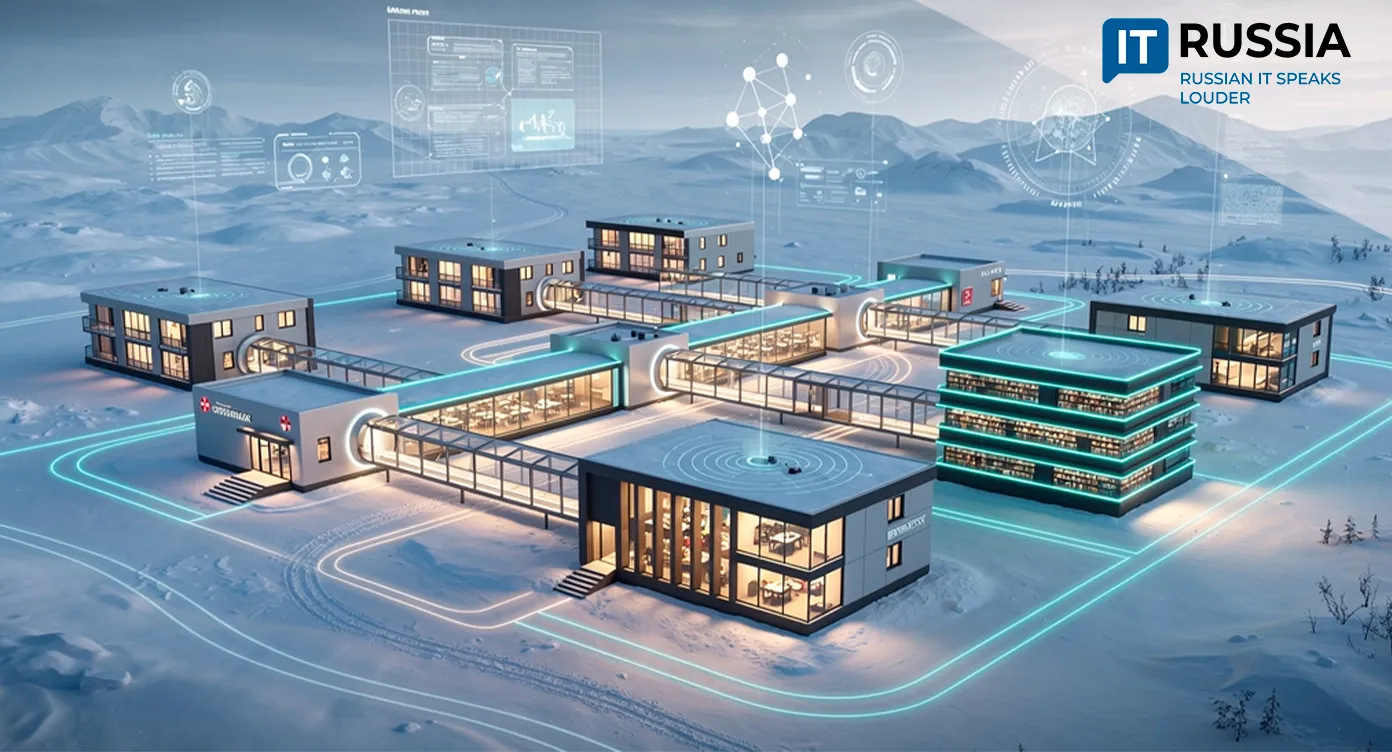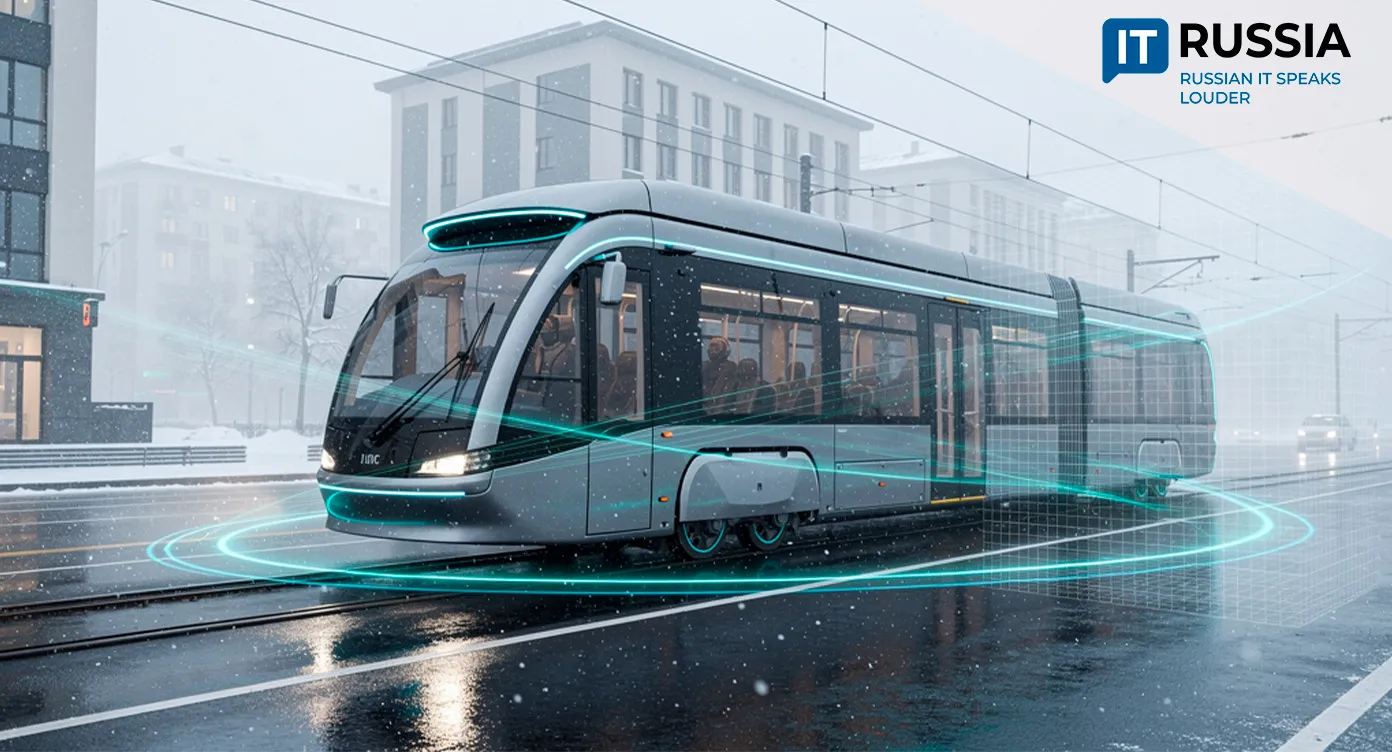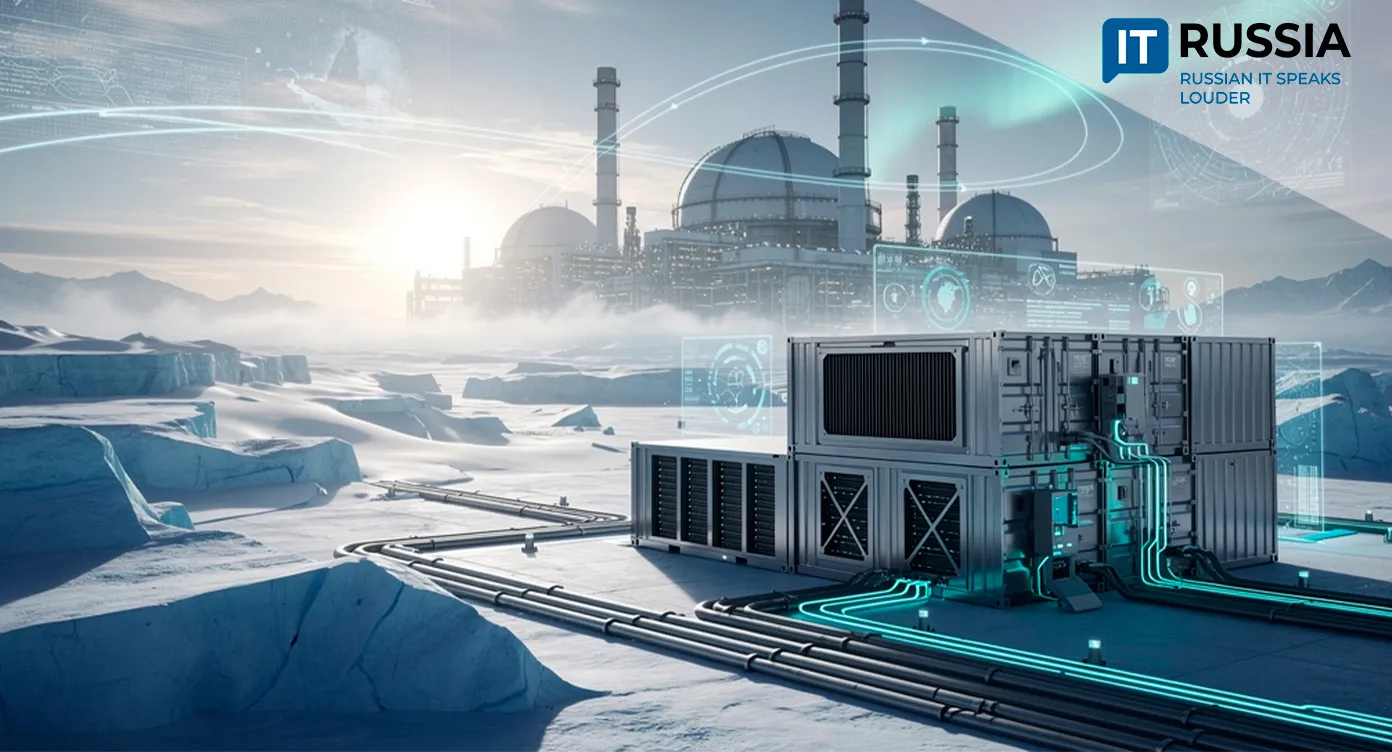Exoskeletons in Rescue Missions: Leap Into the Future or Engineering Challenge?
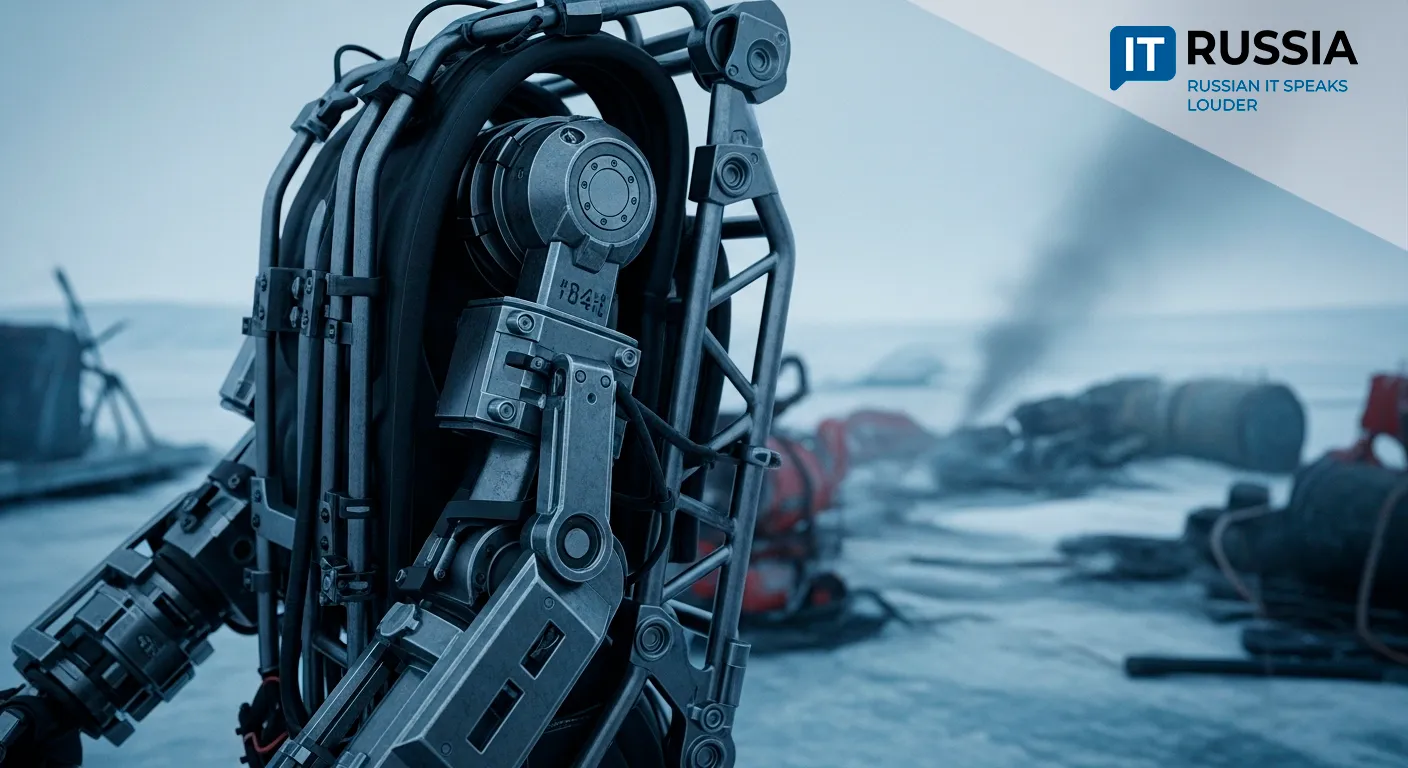
An Arctic field test may mark a pivotal moment for Russian emergency services, as industrial exoskeletons undergo real-world trials in extreme conditions.
Why This Matters
The pilot, conducted by firefighters and gas rescue teams from Norilsk Nickel’s regional unit, introduced two exoskeleton models—the lightweight Bender and the rigid Noshery—to the harsh conditions of Russia’s Far North. It is the country’s first field trial aimed at adapting robotic wearables for high-risk environments.
For the mining and emergency response sectors, the results represent a critical step toward reducing occupational hazards. Rescue workers often face severe physical demands: hauling heavy gear, working in confined spaces, and operating in full protective equipment.
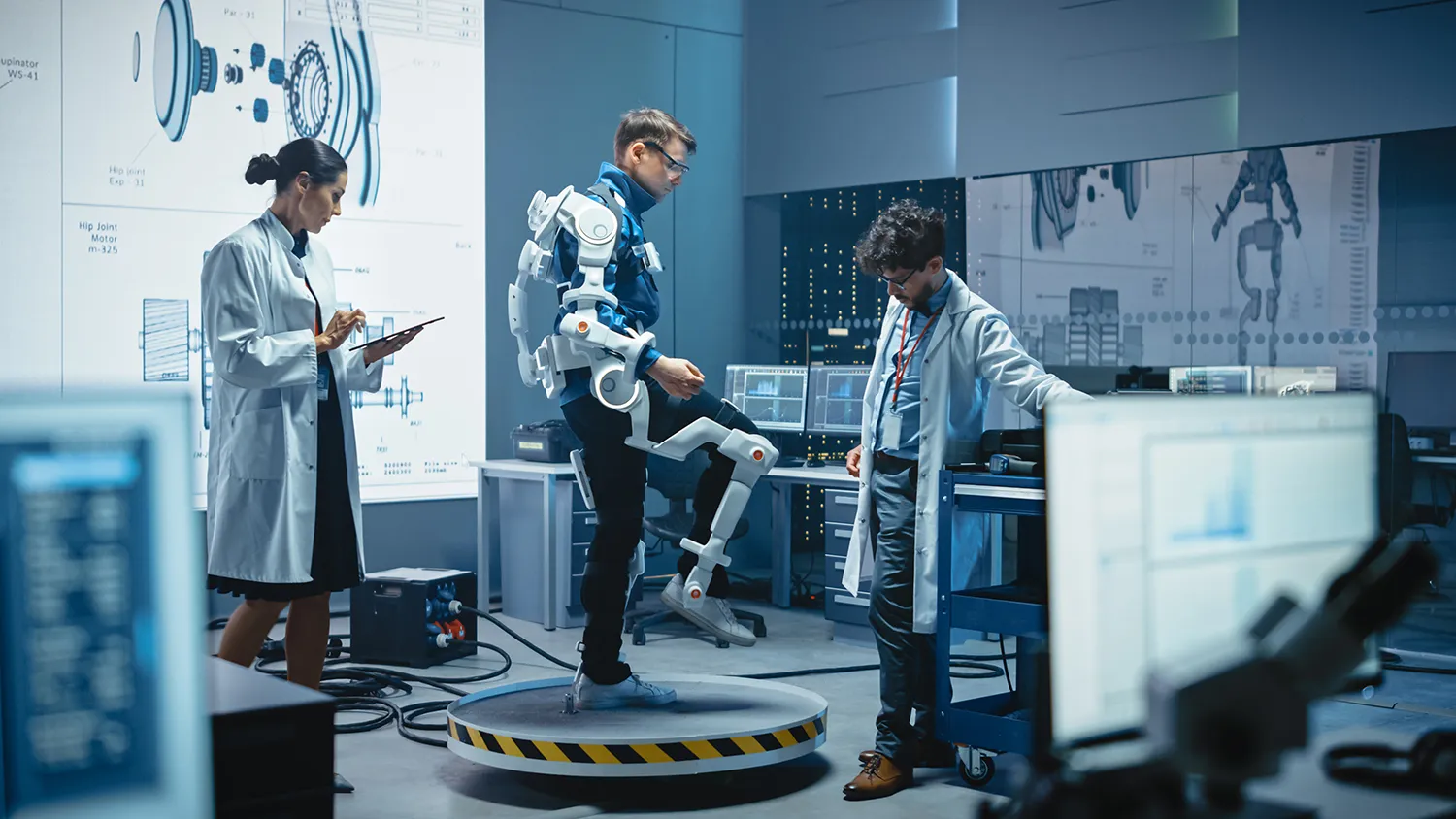
The exoskeletons reduced perceived strain on the arms, spine, and legs by an estimated 12 kilograms, enhancing both comfort and injury prevention. In Arctic conditions, where tasks are intensified by freezing temperatures and limited mobility, the boost to efficiency and safety is even more vital.
The test also signals Russia’s ability to develop proprietary technology that could rival international solutions. Although refinement is needed—especially for compatibility with breathing gear and operation in gas-contaminated environments—the proof of concept is already compelling.
Development Outlook
Russian manufacturers see export potential for these exoskeletons. Pending certification and IP protection, they may appeal to international emergency services, defense contractors, and industrial safety teams.
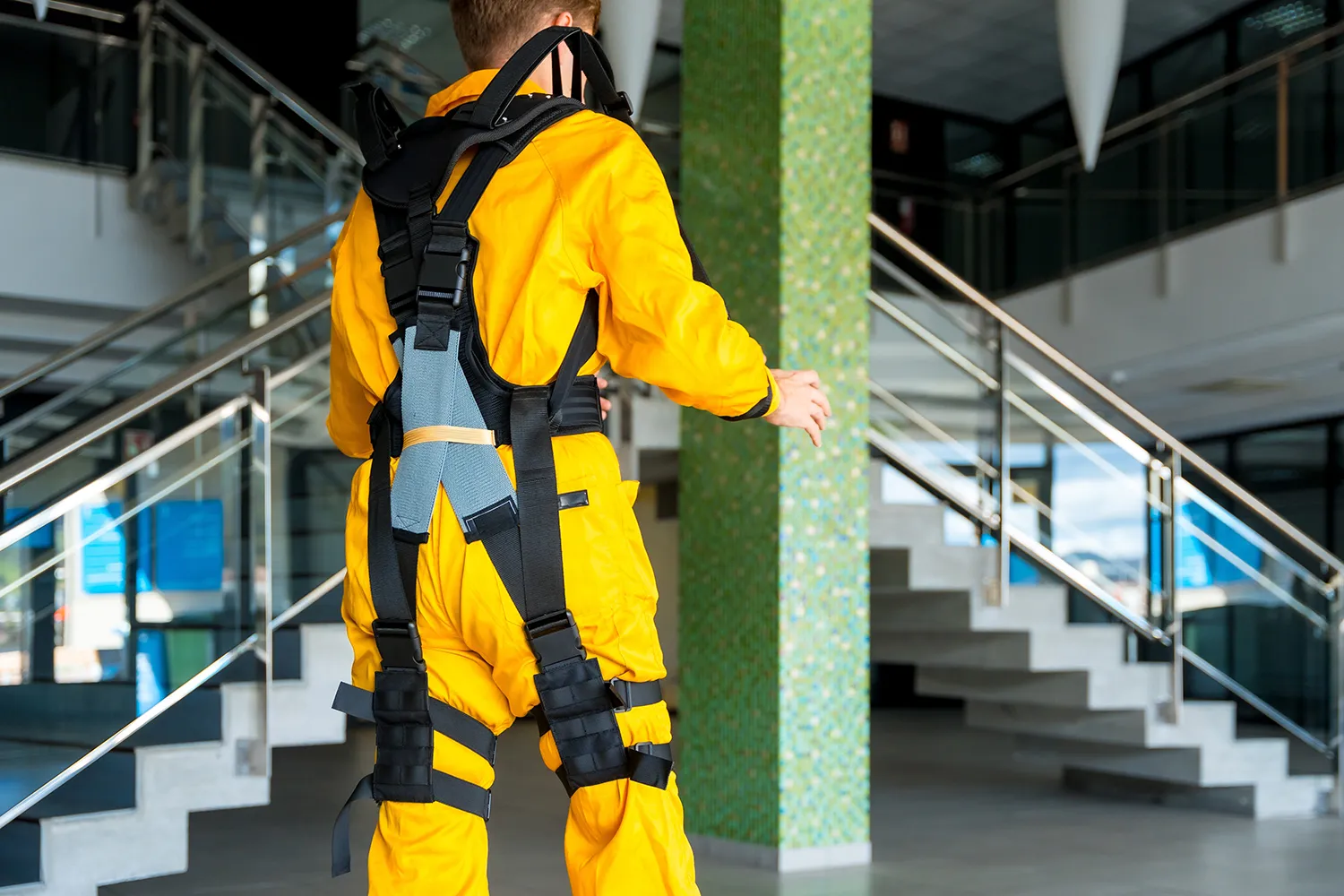
Further development is underway to adapt the systems for specific use cases. Modifications include enhanced integration with respiratory gear, reduced size for confined movement, and removal of protruding parts. The first pilot procurements are expected soon.
Five Years of Evolution
The journey toward operational exosuits began in 2022, when the devices were trialed on construction sites along the Trans-Siberian Railway. In 2023, Rostec introduced domestic prototypes, and in 2024, Hyundai tested models tailored for Russia’s Ministry of Emergency Situations. Meanwhile, China signed supply contracts for firefighter exosuits.
These steps show how the exoskeleton concept has moved from theory to industrial utility, now entering the realm of public safety.

Proof of Need
The Arctic trials confirmed that exoskeletons can add real value. By relieving physical strain and improving worker posture, the systems help responders stay focused on critical tasks. Yet, mass deployment will require further customization for rescue-specific scenarios.
Experts project that purpose-built models for Russian special services could emerge within a year or two. Certification would pave the way for procurement, followed by integration into the Ministry of Emergency Situations (EMERCOM), law enforcement, and industrial response units. Global sales may follow.
Exoskeletons are no longer just science fiction. They’re becoming vital tools poised to redefine high-risk field operations.






